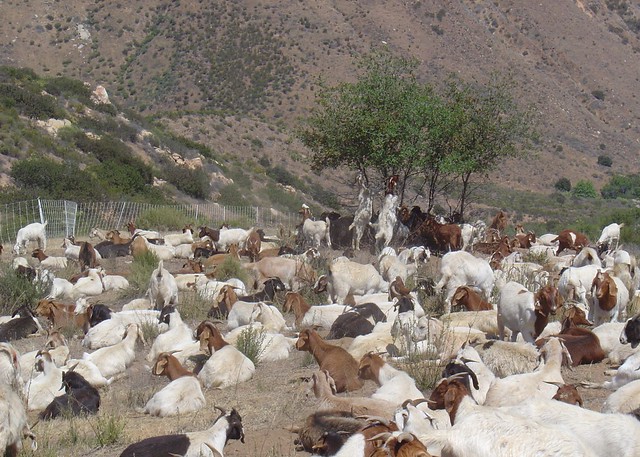
For years, catastrophic wildfires have threatened forests throughout the country. Wildfires have increased in both size and severity, and with them the risks to communities, natural resources, and firefighter safety.
Trees, grass, and shrubs, whether in vast wilderness areas or in the landscaping around our homes, can all fuel wildfires. Even green trees and brush can burn as quickly as dead, dry branches when stressed by drought, disease, or overcrowding.
Active management can promote healthy vegetation, change the way wildfire moves across a landscape, or reintroduce fire as part of the natural ecosystem. Working with states, tribes, and other partners in Shared Stewardship (PDF, 3.6 MB), the Forest Service tries to mitigate the risk of catastrophic wildfire by actively managing the landscape and the fuels upon it. By increasing the spacing between trees and bushes and removing dead and fallen vegetation, we can create a better chance for healthy trees and plants to withstand a wildfire.

We begin by looking to nature’s historic patterns to understand what the landscape would have looked like when fires started and burned as a natural part of an ecosystem. For example, in many conifer forests of the western United States, fires would have burned underneath trees, clearing out smaller brush and low branches. Our treatments in those forests are similarly designed to remove brush, small trees, and lower limbs that could carry a fire on the forest floor up into the tree canopy, or crown. Once a wildland fire becomes a crown fire, it can move very fast with great energy and become difficult to control. Thinning the fuels beneath the canopy can help inhibit crown fire potential and allow fires be contained at smaller sizes.
There are several ways to achieve this goal: by thinning trees and brush with chainsaws, piling fuels with dozers and excavators, controlled burning, or by employing goats for grazing. Methods used depend upon terrain, the amount and types of fuels to be removed, local climate, and other environmental factors. Sometimes multiple methods are used in the same area, for example, piling small dead fuels and then burning those piles.

Treatment areas are strategically chosen based on where they can have the most impact in changing a wildfire’s movement and effects, or to protect locations with certain values from a fast-moving wildfire. In 2018, the Forest Service completed 2.6 million acres of fuels treatments of which 77 percent – 2 million acres – were in areas near communities.
You can help by managing the fuels around your home. Make sure you have proper clearance for the plants, shrubs, and trees around structures; limit the amount and types of landscaping; and keep your plants and grass well cared for. More information on how to prepare your home for wildfires is available on the internet and from your local USDA Forest Service office. If we all do what we can to manage the fuels environment across all boundaries, all lands will be more resilient to wildfire.


